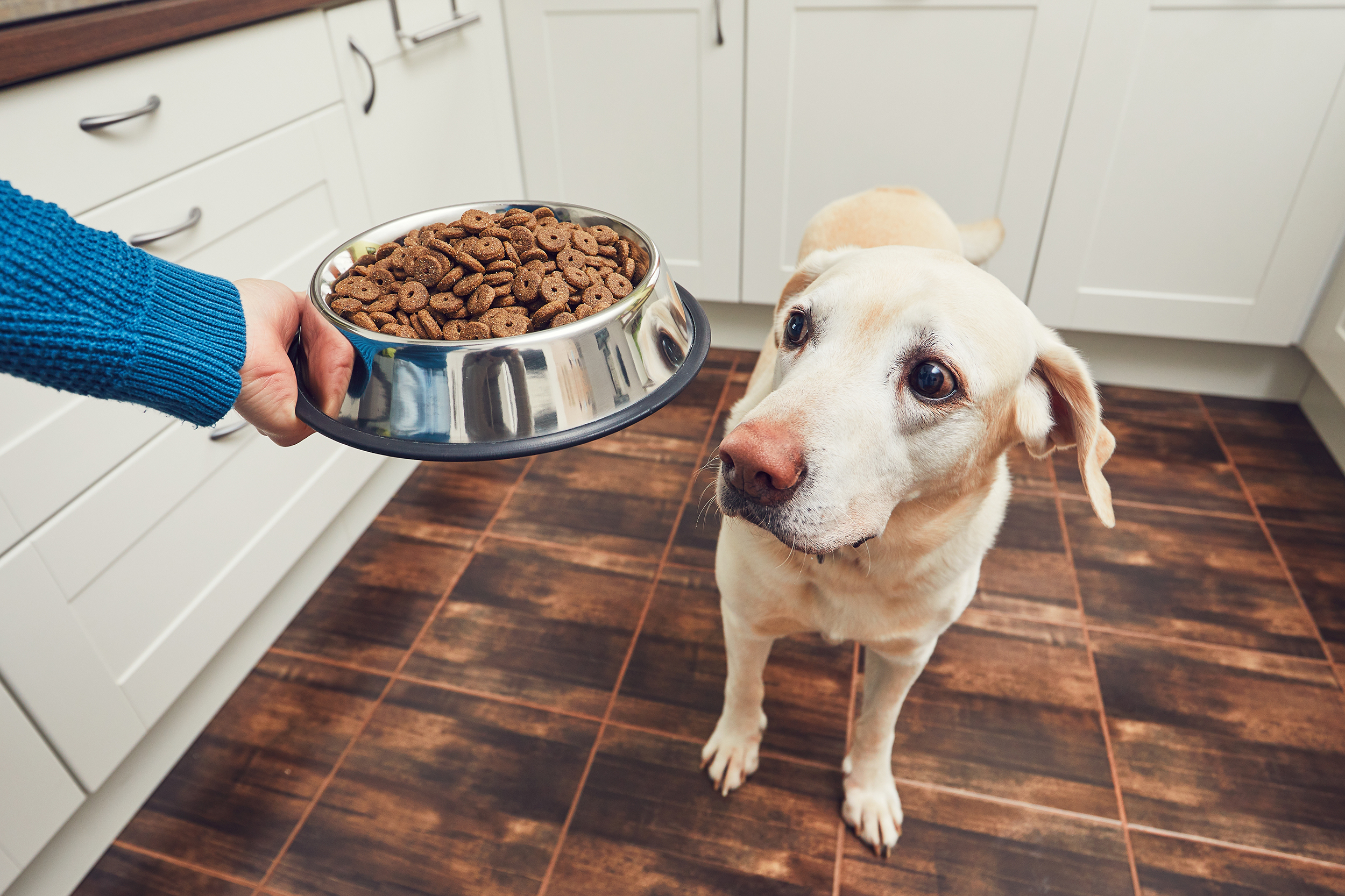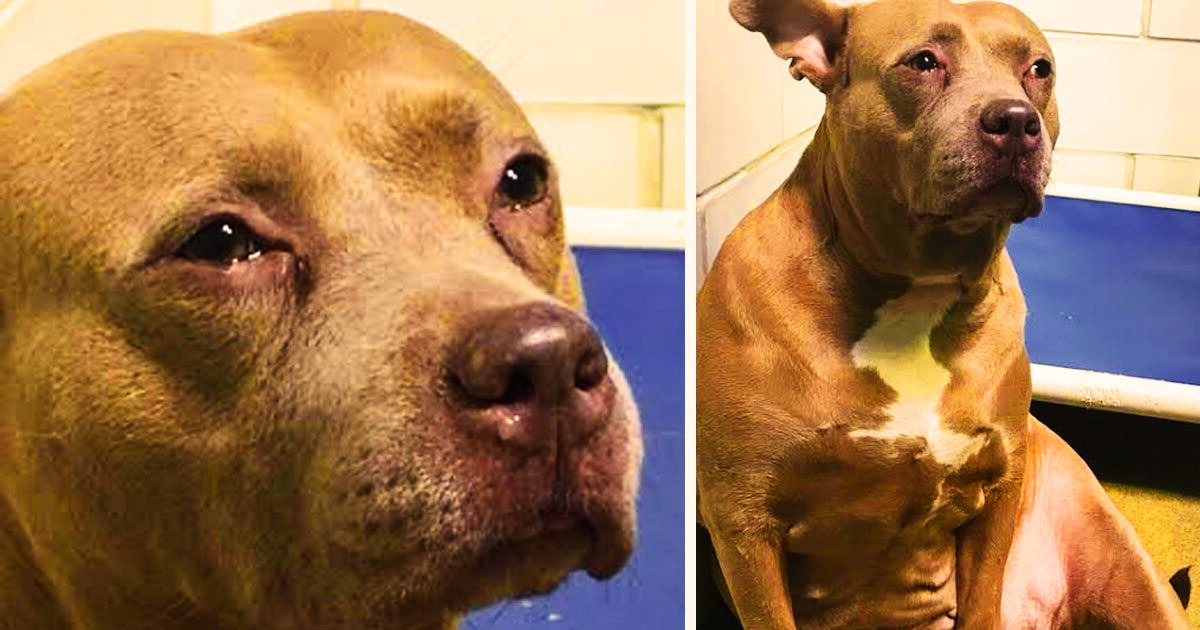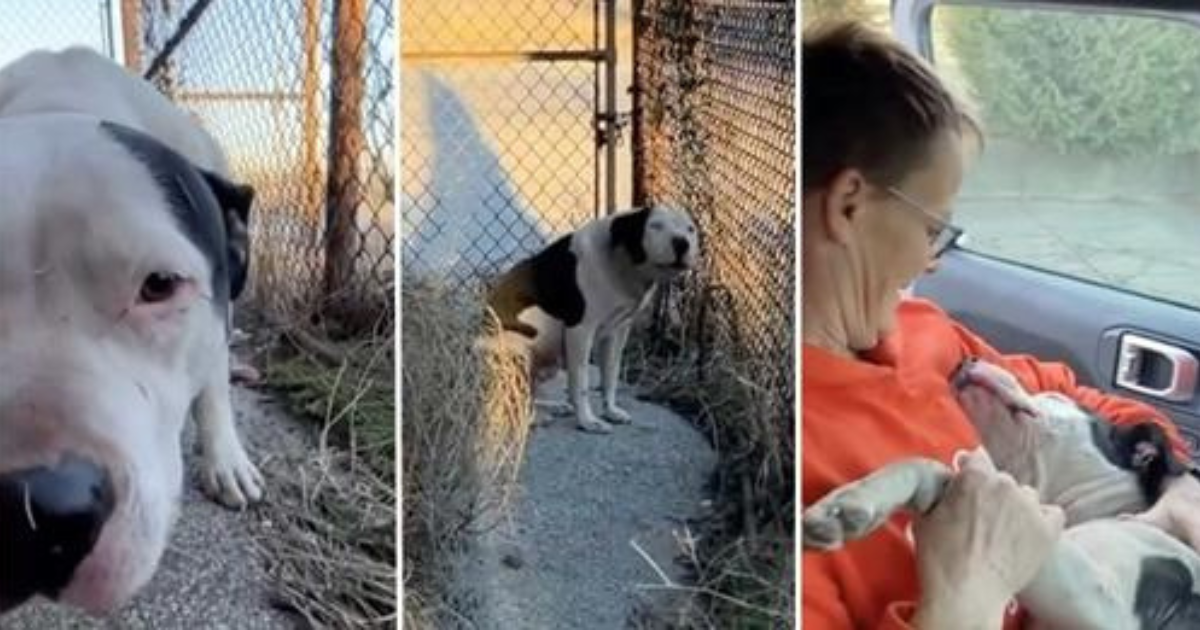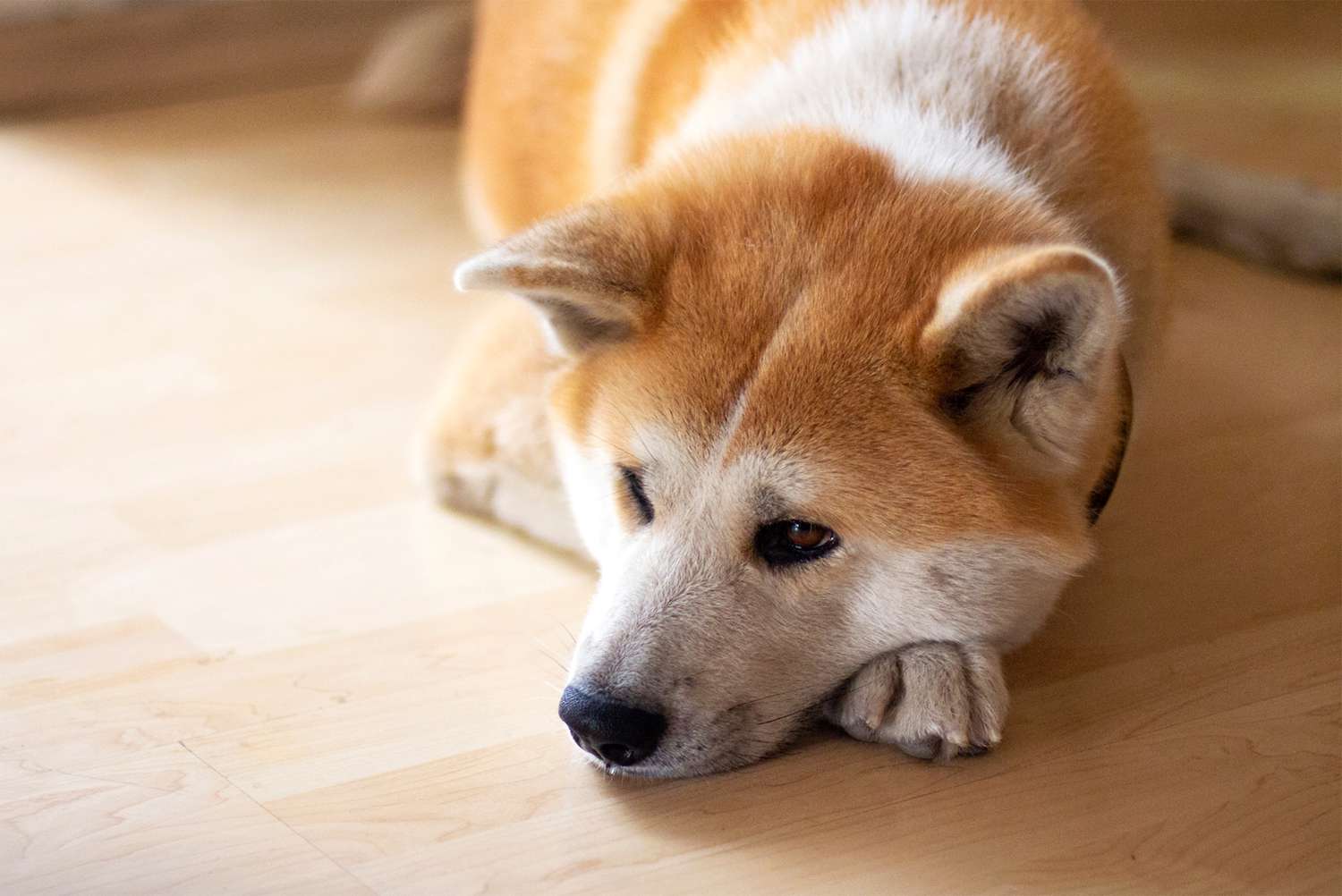Best Food For Your Dog: What to Feed Your Furry Friend?
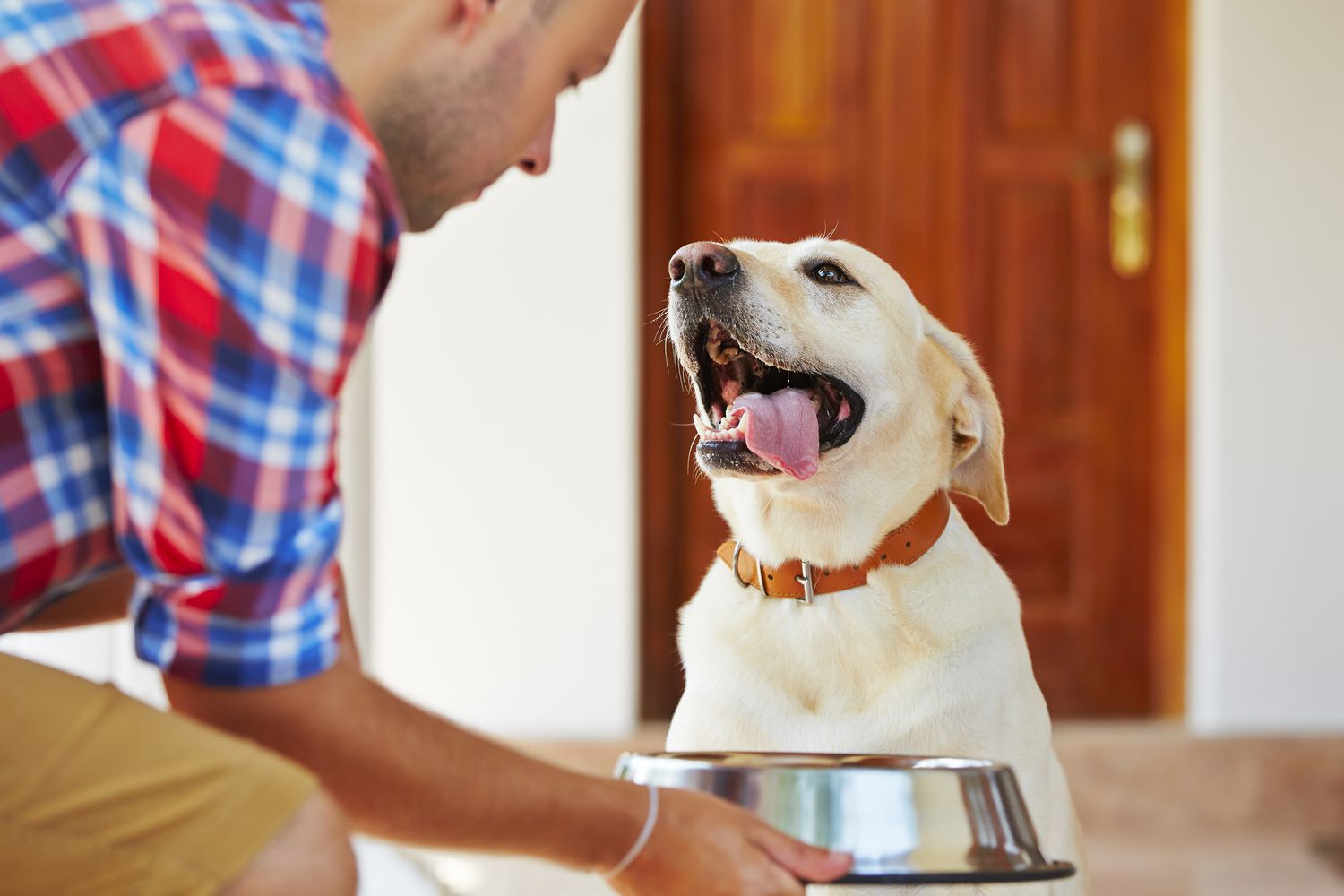
As a dog owner, it’s important to ensure that your furry friend gets the best nutrition possible. After all, a well-balanced diet can help keep your pup healthy and happy for years to come. But with so many options out there, choosing the best food for your dog can be a daunting task. In this article, we’ll cover everything you need to know about feeding your dog, including the best types of food, how much to feed, and some important things to keep in mind.
Introduction
Feeding your dog a healthy and balanced diet is one of the most important things you can do as a pet owner. The right food can help prevent health problems, improve their coat and skin, and give them the energy they need to stay active and happy. But with so many options available, it can be tough to know where to start. Here, we’ll go over the best food options for your dog, as well as some tips to help you make the right choice.
The Different Types of Dog Food
Before we dive into the best options for your pup, it’s important to understand the different types of dog food available. Here are the three main types:
Dry Dog Food
Dry dog food is one of the most popular options for dog owners. It’s convenient, easy to store, and can be left out all day for dogs who like to graze. It also tends to be less expensive than other types of food. However, some dry dog foods can contain a lot of fillers and artificial ingredients, so it’s important to choose a high-quality option.
Wet Dog Food
Wet dog food is a great option for dogs who have trouble chewing or need to eat a softer diet. It’s also a good choice for dogs who don’t drink enough water, as it can help keep them hydrated. However, wet dog food can be more expensive than dry food and may spoil more quickly if not stored properly.
Raw Dog Food
Raw dog food is becoming increasingly popular among dog owners. It consists of raw meat, bones, and organs and is believed to mimic the diet of wild dogs. Proponents of raw dog food claim that it can improve a dog’s coat and skin, boost their immune system, and reduce allergies. However, raw dog food can be expensive and may pose health risks to both dogs and humans.
What to Look for in Dog Food
No matter what type of food you choose for your pup, it’s important to look for certain things to ensure they’re getting the best nutrition possible. Here are some key things to look for:
High-Quality Protein
Dogs need protein to build and maintain their muscles, so it’s important to choose a dog food that contains high-quality sources of protein like chicken, beef, or fish.
Whole Grains
Whole grains like brown rice or quinoa are a good source of carbohydrates and fiber for dogs. They can also help regulate blood sugar and keep your dog feeling full.
Fruits and Vegetables
Fruits and vegetables are a great source of vitamins, minerals, and antioxidants for dogs. Look for dog foods that contain a variety of different fruits and veggies, like sweet potatoes, carrots, and blueberries.
No Fillers or Artificial Ingredients
Avoid dog foods that contain a lot of fillers and artificial ingredients like corn, wheat, and soy. These can be hard for dogs to digest and may lead to health problems down the line.
How Much to Feed Your Dog
Knowing how much to feed your dog is just as important as choosing the right food. The amount of food your dog needs will depend on their size, age, and activity level. In general, adult dogs should be fed two meals a day, while puppies may need to be fed more frequently. It’s important to measure out your dog’s food and avoid overfeeding, as obesity can lead to a host of health problems. A good rule of thumb is to feed your dog about 1/2 to 1 cup of food per 10 pounds of body weight per day. However, it’s always best to consult with your veterinarian to determine the right amount of food for your individual dog.
Important Things to Keep in Mind
When choosing the best food for your dog, there are a few important things to keep in mind. Here are some tips to help you make the right choice:
Read the Label
Always read the label of any dog food you’re considering. Look for high-quality ingredients and avoid anything with a lot of fillers or artificial ingredients.
Consider Your Dog’s Age and Activity Level
Different dogs have different nutritional needs depending on their age and activity level. Make sure to choose a food that’s appropriate for your dog’s stage of life and activity level.
Be Wary of Allergies
Dogs can develop allergies to certain ingredients, just like humans can. Keep an eye out for any signs of an allergic reaction, like itching, redness, or gastrointestinal upset.
Talk to Your Veterinarian
Your veterinarian is the best resource for advice on choosing the right food for your dog. They can take into account your dog’s individual needs and make recommendations based on their health history.
Conclusion
Feeding your dog a healthy and balanced diet is one of the most important things you can do as a pet owner. By choosing the right food and following the tips outlined in this article, you can ensure that your furry friend gets the nutrition they need to thrive. Remember to read labels, consider your dog’s age and activity level, be aware of allergies, and consult with your veterinarian to make the best choice for your individual dog.
FAQs
- Can I feed my dog a vegetarian or vegan diet?
It’s generally not recommended to feed your dog a vegetarian or vegan diet, as they require certain nutrients that are difficult to obtain from plant-based sources. However, there are vegetarian and vegan dog foods available that are formulated to meet their nutritional needs.
- How do I know if my dog is getting enough nutrients?
If your dog is eating a high-quality, well-balanced diet, they should be getting all the nutrients they need. However, if you’re concerned, you can talk to your veterinarian about adding supplements to their diet.
- Should I feed my dog a grain-free diet?
There’s no need to feed your dog a grain-free diet unless they have a specific allergy or sensitivity to grains. In fact, some grain-free dog foods have been linked to heart problems in dogs, so it’s best to stick with a high-quality food that contains whole grains.
- Can I feed my dog table scraps?
While it’s okay to give your dog the occasional treat from the table, it’s not recommended to make a habit of feeding them table scraps. Many human foods can be toxic to dogs, and too many treats can lead to weight gain and other health problems.
- What should I do if my dog has a food allergy?
If you suspect that your dog has a food allergy, talk to your veterinarian. They can recommend a special diet or allergy testing to determine the cause of the problem.

